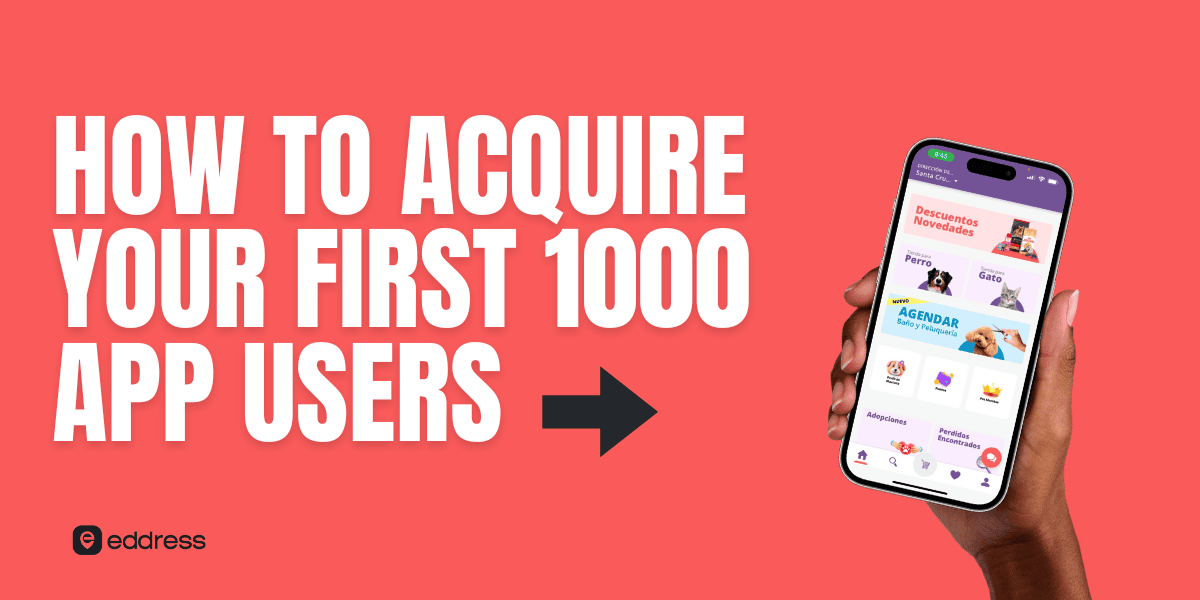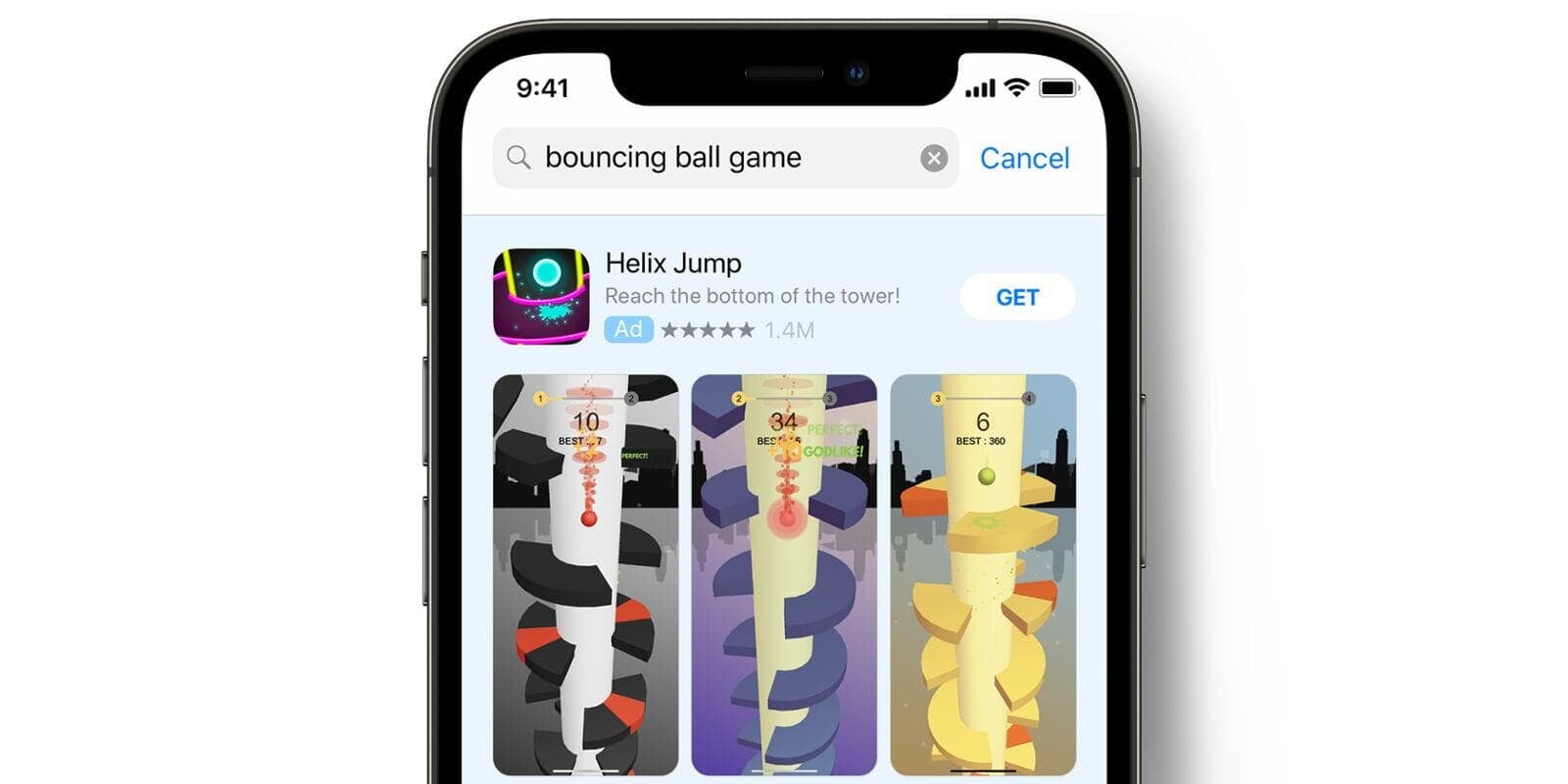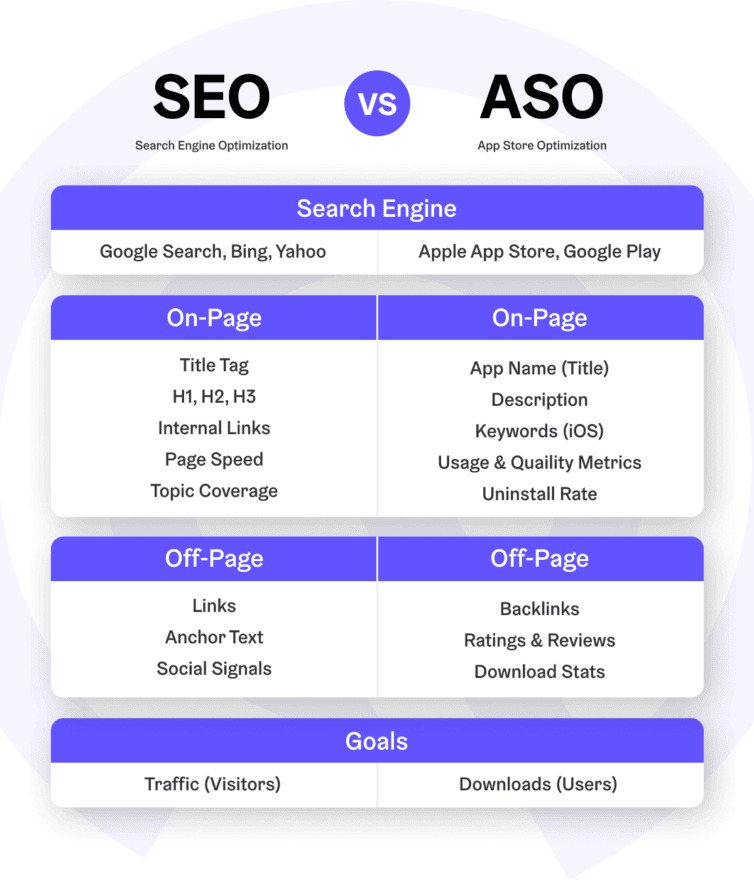
Understand Your Target Audience
To effectively understand your target audience, you can use tools like Google Analytics, surveys, and competitor analysis. For example, if you're developing a fitness app, survey potential users to understand their fitness goals, preferred workout styles, and pain points. Analyze your competitors' apps to see what features are resonating with users.
Create a Compelling Value Proposition
A compelling value proposition should be clear and concise. For instance, if you have a budgeting app, your value proposition might be: "Take control of your finances effortlessly with our intuitive budgeting app." This instantly communicates the app's purpose and benefits.
Optimize Your App Store Listing
Look at successful apps in your category for inspiration. Use relevant keywords in your app title, description, and tags. For example, if you have a meditation app, incorporate keywords like "stress relief," "mindfulness," and "guided meditation" in your app description.
Leverage Social Media Marketing
Create engaging content that aligns with your app's niche. If you're launching a cooking app, share recipes, cooking tips, and videos on platforms like Instagram and Pinterest. Use hashtags to increase visibility and encourage user-generated content by asking users to share their culinary creations using your app.
Implement Content Marketing
For a language learning app, create a blog with articles like "10 Tips to Master a New Language" or "The Science of Language Acquisition." Share these articles on social media and within relevant online language learning communities. By providing valuable content, you establish yourself as an authority in the language learning space.
Run App Install Campaigns
Consider a scenario where you have a gaming app. You can run Facebook Ads that showcase gameplay footage, highlight unique game features, and include a strong call-to-action (CTA) like "Install Now" or "Play for Free."
Test different ad creatives and audience segments to determine what works best.
Here's an example of an App Install Campaign:

Collaborate with Influencers
Suppose you've developed a fashion styling app. Partner with fashion influencers on Instagram or YouTube. They can create posts or videos showcasing how they use your app to create stylish outfits.
Their endorsement can significantly boost user trust and interest.
Offer a Referral Program
Dropbox is a classic example of a referral program's success. They incentivized users to refer friends by offering extra storage space for each referral. Your app could adopt a similar strategy by rewarding users for bringing in new users. Dropbox's referral program achieved remarkable growth.
Engage in Email Marketing
Let's say you have a productivity app. Collect users' email addresses and send them weekly productivity tips, app updates, and exclusive offers. Tailor the content to their app usage, demonstrating how your app can help them achieve their goals.
Utilize App Store Optimization (ASO)

Continuously update your app's keywords and visuals based on user behavior and trends. For example, if you have a weather app and you notice users are often searching for "hourly forecasts," consider incorporating this keyword into your app description.
Engage with User Communities
Suppose you've created a gardening app. Participate in gardening forums and Reddit communities. Answer questions and provide valuable gardening insights. When appropriate, mention your app as a helpful resource. Engaging authentically within these communities can drive traffic and build trust.
Analyze and Iterate
Use analytics tools like Mixpanel or Firebase to track user acquisition metrics. For instance, if you notice that your app install campaign is driving a high number of installs but a low conversion rate to active users, you might need to optimize your onboarding process.
Conclusion:
Successfully acquiring your first 1000 app users requires a combination of strategies tailored to your app's niche and target audience.
Each of these strategies, when executed effectively, can help you build a solid foundation for future growth. Remember that user acquisition is an ongoing process, and staying adaptable and responsive to user feedback and market trends is key to maintaining long-term success in the competitive world of mobile apps.
